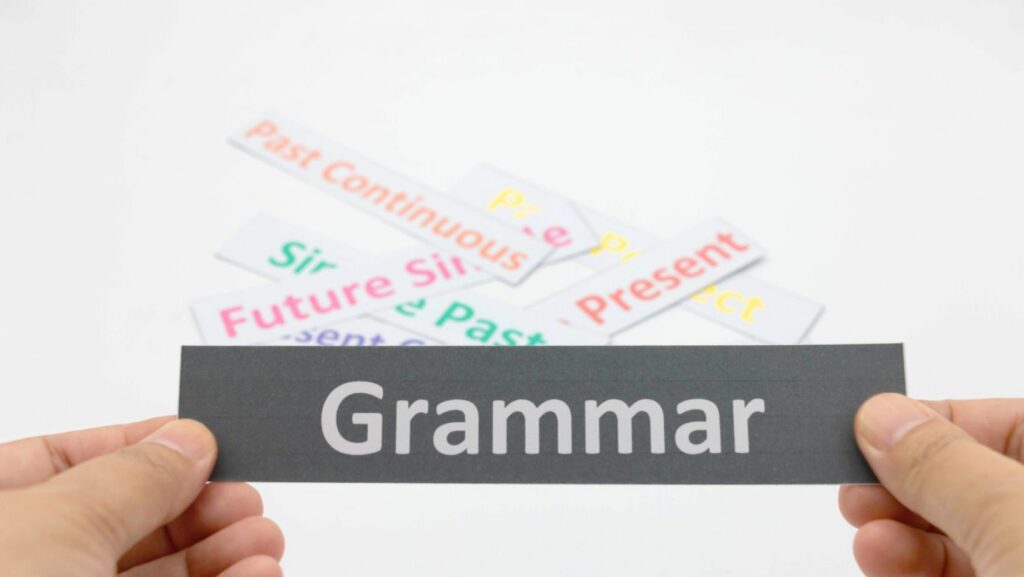
Mastering Irregular Verbs in Spanish: Completa La Tabla Con La Forma Correcta Del Pretérito.
Completa La Tabla Con La Forma Correcta Del Pretérito.
Completing a table with the correct forms of the preterite tense can be a challenging task for language learners. However, mastering this verb tense is crucial for effective communication in Spanish. In this article, I will guide you through the process of filling in the table with the correct preterite forms, providing you with valuable tips and examples along the way. By the end of this article, you’ll feel more confident in conjugating verbs in the preterite tense and be well on your way to becoming a proficient Spanish speaker.
The preterite tense is used to talk about completed actions in the past. It is a key element in expressing events that have already happened and are no longer ongoing. Understanding the correct forms of the preterite tense is essential for constructing accurate sentences and conveying the intended meaning. In this article, I will break down the conjugation patterns of regular and irregular verbs in the preterite tense, equipping you with the knowledge needed to complete the table with the correct forms.
What is the Preterite Tense?
The preterite tense is an essential part of Spanish grammar that is used to talk about completed actions in the past. It allows us to express events or actions that happened at a specific point in time. Understanding and properly using the preterite tense is crucial for effective communication in Spanish.
In Spanish, verbs are conjugated to match the subject of the sentence. The preterite tense has specific conjugation patterns for regular verbs, as well as irregular verbs that do not follow the standard pattern. By learning these conjugation patterns, you will be able to accurately complete the table and confidently use the preterite tense in conversation.
Regular verbs in the preterite tense follow a predictable pattern. For -ar verbs, the endings are -é, -aste, -ó, -amos, -asteis, -aron. For example, the verb “hablar” (to speak) would be conjugated as “hablé, hablaste, habló, hablamos, hablasteis, hablaron.” Similarly, -er and -ir verbs have their own set of endings.
However, there are also many irregular verbs in the preterite tense that do not follow these patterns. Some common irregular verbs include “ser” (to be), “ir” (to go), and “hacer” (to do/make). These verbs have unique conjugation forms that must be memorized.

Regular Verbs in the Preterite Tense
When it comes to conjugating regular verbs in the preterite tense in Spanish, it’s all about following a predictable pattern. This makes it easier for language learners to grasp and apply in their conversations.
In the preterite tense, regular verbs are divided into three categories based on their endings: -ar verbs, -er verbs, and -ir verbs. Let’s take a closer look at each category:
- -ar verbs: To conjugate regular -ar verbs in the preterite tense, simply remove the -ar ending and add the appropriate ending based on the subject pronoun. For example, the verb “hablar” (to speak) would become “hablé” (I spoke) for the first person singular.
- -er verbs: Similar to -ar verbs, conjugating regular -er verbs in the preterite tense involves removing the -er ending and adding the corresponding ending. For instance, the verb “comer” (to eat) changes to “comí” (I ate) for the first person singular.
- -ir verbs: Regular -ir verbs in the preterite tense follow the same pattern as -er verbs. Remove the -ir ending and attach the appropriate ending based on the subject pronoun. For example, the verb “vivir” (to live) transforms into “viví” (I lived) for the first person singular.
By mastering the conjugation patterns of regular verbs in the preterite tense, language learners can confidently complete the table and effectively express completed actions in the past.
Now that we’ve covered regular verbs, let’s move on to the next section, where we’ll tackle irregular verbs in the preterite tense.
In conclusion mastering the correct forms of the preterite tense in Spanish, especially with irregular verbs, is essential for accurately expressing past actions. This article has provided guidance on completing a table with the appropriate forms of the preterite tense, focusing on irregular verbs. By understanding the different types of irregular verbs, such as stem-changing verbs, orthographic-changing verbs, and highly irregular verbs, readers can confidently fill in the table.





